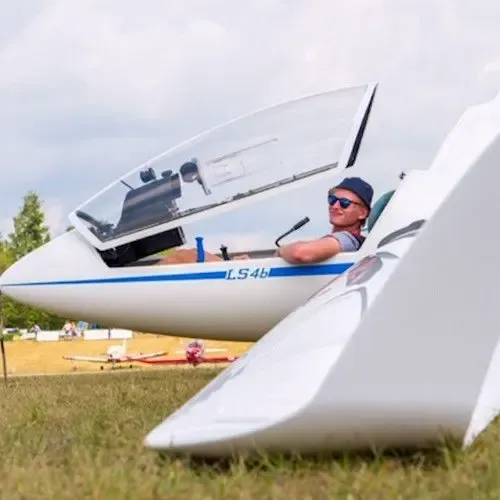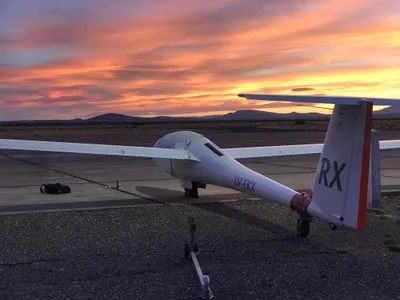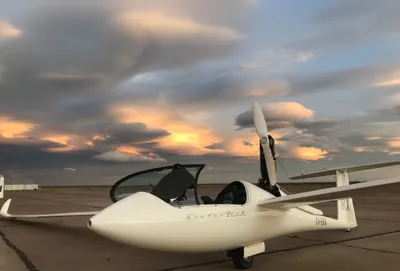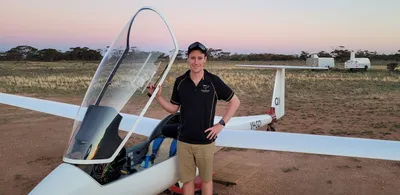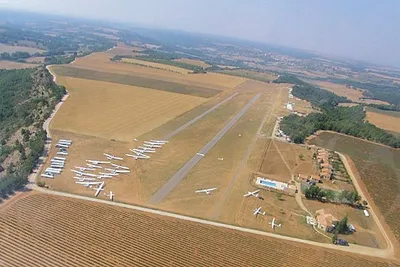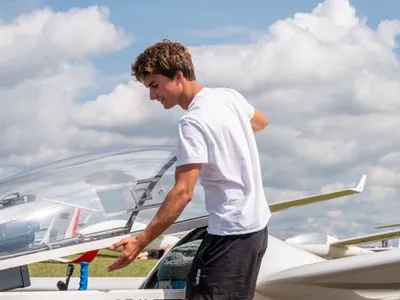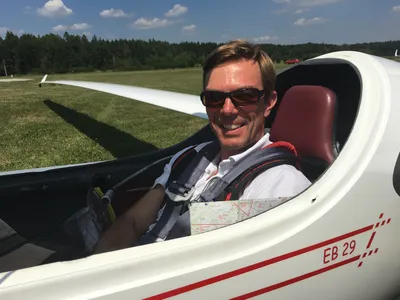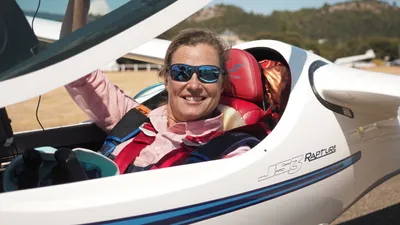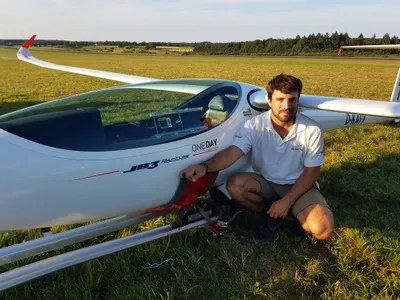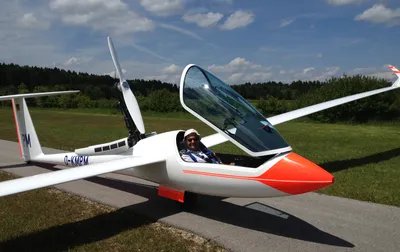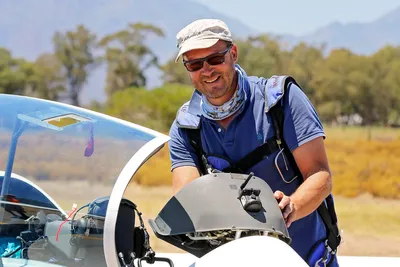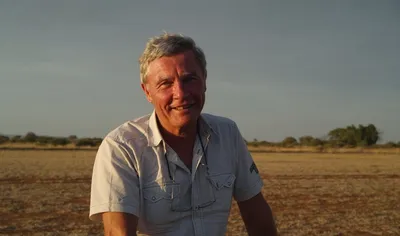Tobias Welsch | Distance Hunting
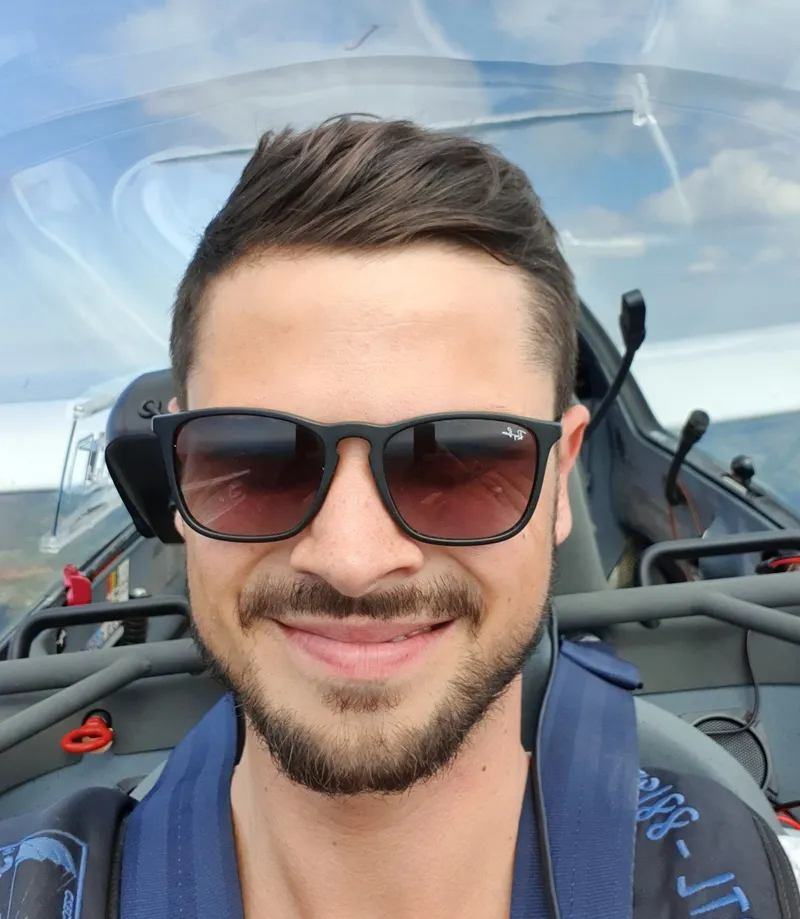
⏳ Flight hours: 5000
✈️ Current glider: Arcus M
😌 Glider of your dreams: Arcus M
🌎 Where you want to go gliding someday: New Zealand, Canada
Hey Tobias, where do we reach you at the moment?
I'm currently on my way home from Fuerteventura. Vacations with my wife - not business.
You have won the WeGlide Free competition this year, congratulations! Are there any special moments you remember from this gliding season?
Thank you very much! This year was a special one. A beautiful April, followed by a rainy first half of May and then the weather for large flights from Germany was almost over again. Spain offered me 1-2 good days per week and also in France there were selected days with excellent weather conditions.
The first outstanding flight for me this year was on April 26th from Walsrode. Frerk Frommholz had already made a great flight the day before and it was just fantastic the second good day in a row offered a flight from the Weser to the Oder and back. I have grown up flying in Northern Germany and just love the sandy soils of the North German lowlands.
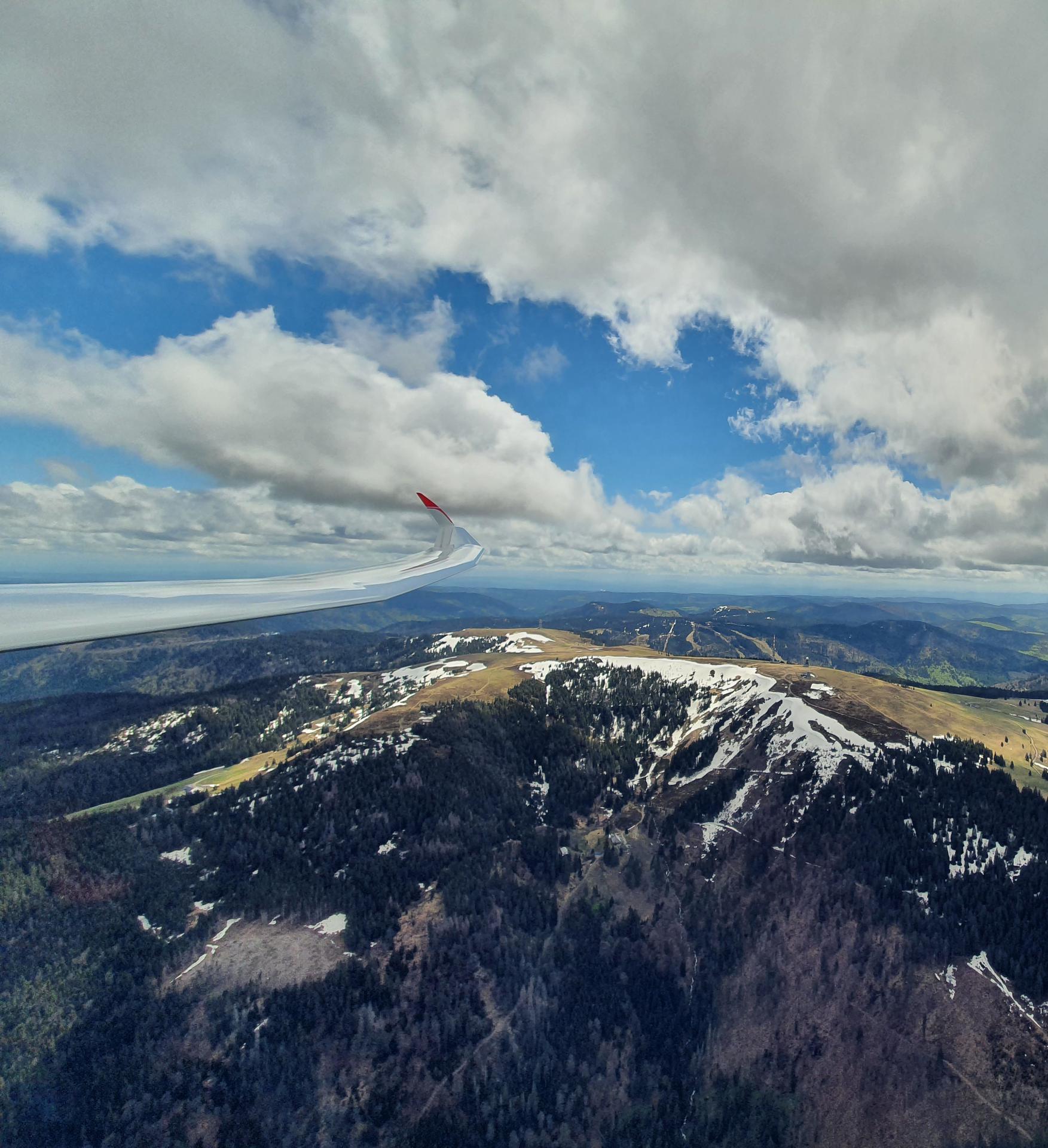
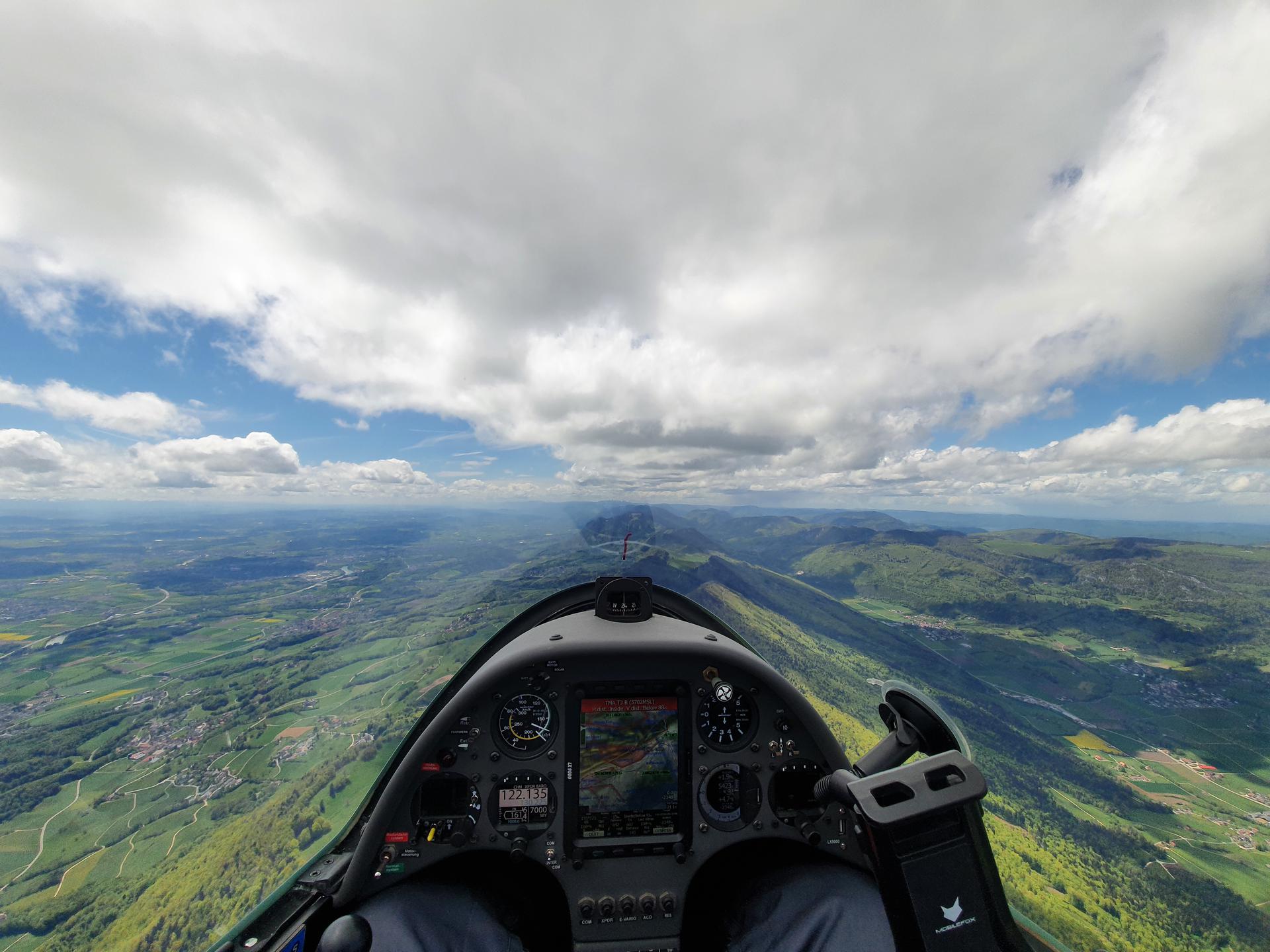
The next highlight was a month later from Münsingen. The weather conditions allowed a flight to the Swiss Jura. For me it was the first time in this area and I am still thrilled by the idyllic landscape, which reminded me strongly of the Miniaturwunderland in Hamburg.
Shortly after the flight from Münsingen Frerk and me drove to Puimoisson in the south of France. On the road to France, I realized that the weather left us no choice but to take off early the next day. A brief exchange with Baptiste Innocent, who was leaving that day for the first of his spectacular Corsica trips this year, confirmed this picture. The only problem was the strong westerly component of the wind.
However, this circumstance made it possible to sail a completely different route to the north for once. Basically without a wave in the Assez valley, we used ridge-flying along the dark stone wall of the Coupe, over the Cheval Blanc and into the first wave of the day. The further route was completely new for me: In the lee wave of the first and then from the second Parcours we reached an altitude high enough to fly directly over Mt.Viso to the north. Spectacular!

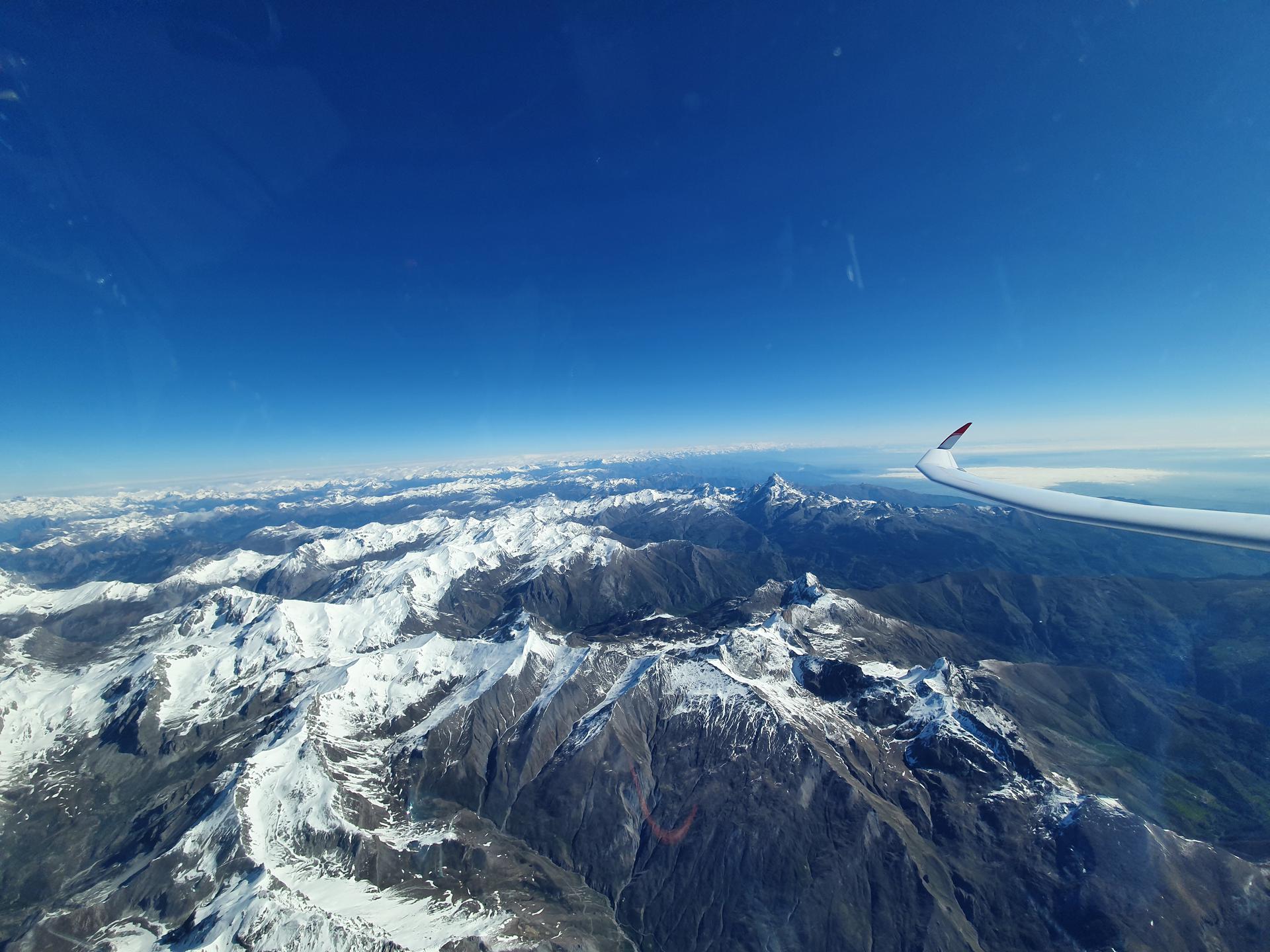
During the time flying in Spain, I liked the trips to the mountainous north the best. Overall, the enormous cross country speed with which you zoom through the landscape in Spain is very impressive for me.
Three of your top five flights were from Spain, the other two from Puimoisson, France. You don’t seem to have a hard time switching between different areas?
I like the exploration of new areas as much as I like pushing the boundaries of familiar playgrounds. In my opinion, however, the essence of the cross-country flying, i.e. the decision-making processes, remains the same everywhere.
On your furthest flight from Spain, you reached the Picos de Europa near the Cantabrian Sea. Is that usual to fly so far to the North?
I lack experience in Spain to say if it is normal to fly so far north. On the two days it was possible for me this year, it was definitely the highlight of the flight. The landscape is wild and intimidating. I probably wouldn't have flown that far into the mountains without appropriate altitude for safety.
Most of your flights from Germany are from Anspach in the Taunus mountain range. Can this spot compete with more famous German regions like the Swabian Alb?
The Taunus is a really good mountain range in cold air weather conditions and could be famous for that. However, like any low mountain range, it has its own peculiarities. One challenge to fly in the Taunus is its proximity to Frankfurt and it's airspace that offers very little room for avoidance. In addition, the Taunus borders in the east to the thermally weak Wetterau area. These circumstances make it challenging to take advantage of the strengths of the Taunus.
In general, for the larger flights, i see the location in relation to the airspaces and the arrangement of thermal "racetracks" is much more decisive than the thermal quality of the direct airfield environment. The surroundings of the Taunus have a lot of magnificent thermal racetracks to offer, but mainly with cold air advection and higher cloud bases. Otherwise, the jumps between the scattered but thermally strong areas have a tendency to slow you down.
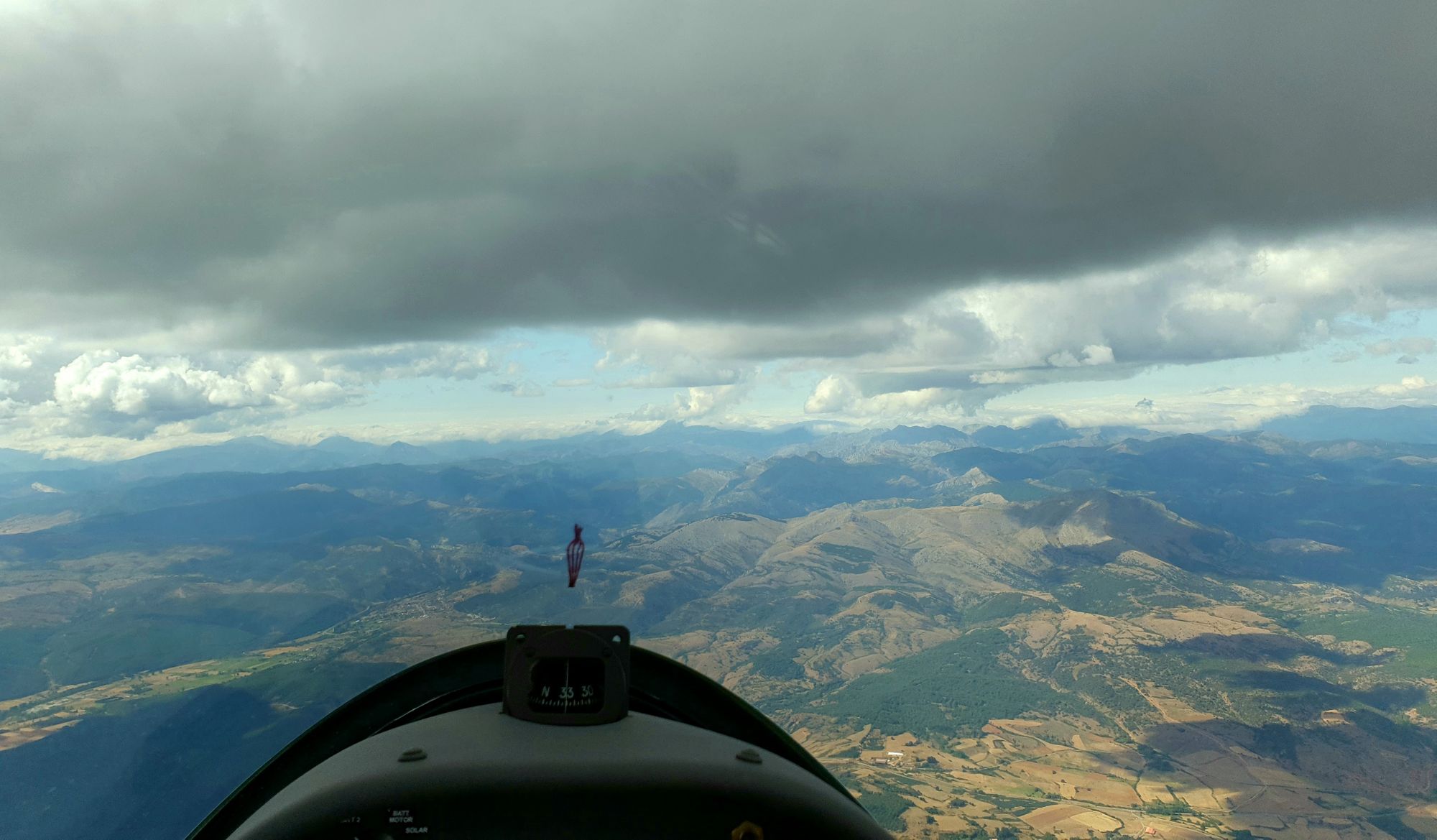
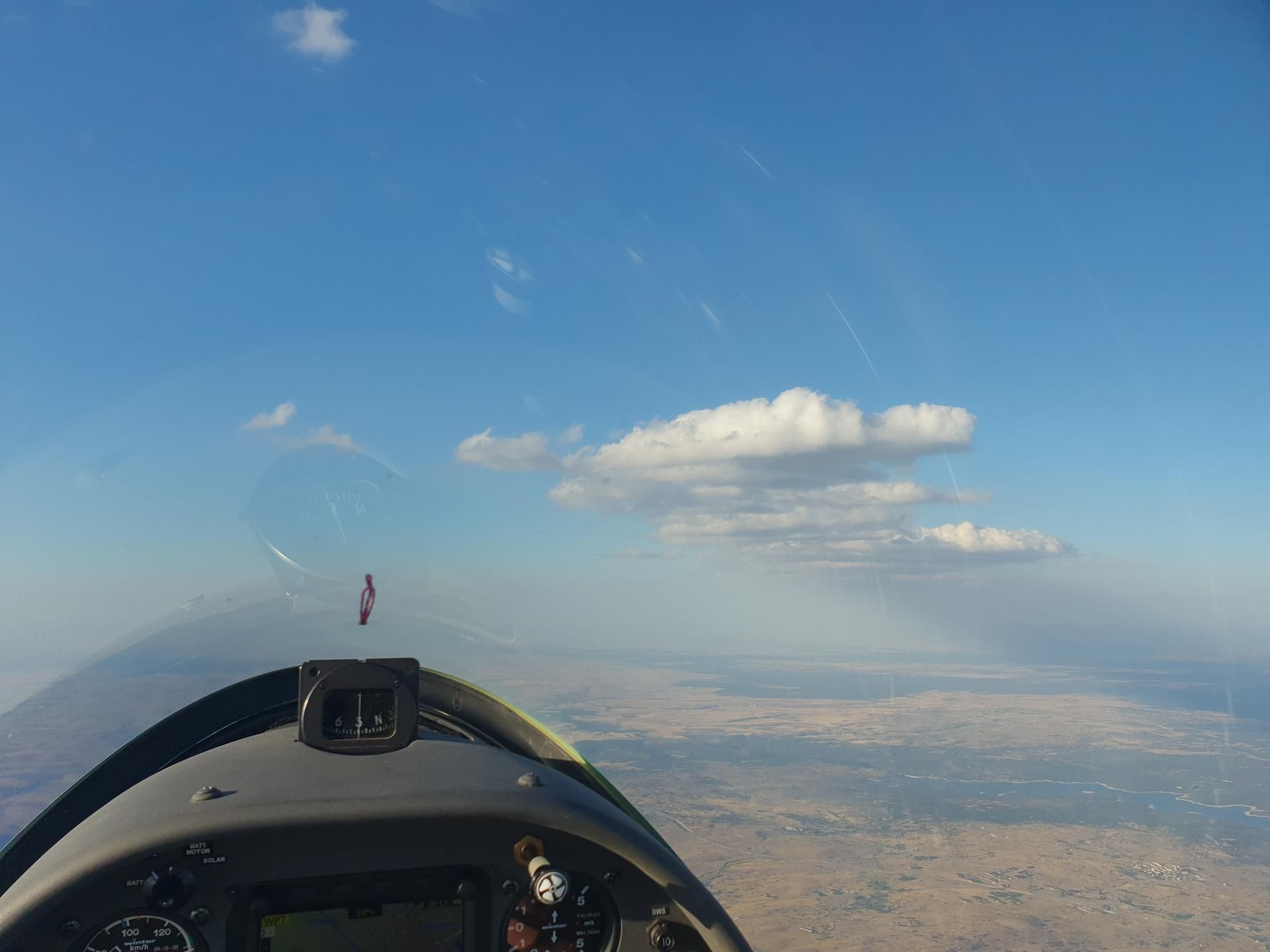
The Taunus seems to be quite special in the morning. You often achieve remarkable speeds on your first legs, even though you need to stay below the airspace at 3500ft MSL?
One of the strengths is the beautiful line that forms along the ridge in the morning hours. Depending on the wind direction, you have to fly below the lowest airspace of Frankfurt trying to avoid any gap in the cloud street because the height buffer above the flat ridge top is very limited. If you succeed in this game, you will be very fast and it's a whole lot of fun. If you don't succeed, you can turn towards the valley to some outlanding fields. The scoring for this day is usually over though, because there are usually no thermals in the valley at that time.
This season was your first with the Ventus 3. Coming from the Arcus M, does flying an 18m glider change anything regarding the way you fly?
Not very much. The aircraft are both excellent in handling and similar in performance. Basically, the decision-making processes remain the same, as the radius of action is similar. Personally, I liked sharing the experience in the double seater and with the new update, the Arcus can be flown even easier and more precisely, leaving no wishes unfulfilled. But I'm looking forward to getting to know the new Ventus better this winter.
One thing we noticed about many of your flights is that you never seem to be low. But you are often the fastest pilot of the day, so your flying style can’t be very conservative?
I always try to look as far into the future as possible when flying to avoid potential gaps in the weather early on. In my opinion, you lose more by flying aggressively than you can gain by flying with foresight. For example, to have a better overview, I have almost stopped looking at the instruments and deliberately stay below the cloud base if possible. This seems to pay off and I have more of what excites me most about gliding: the game with the clouds.
Some of your flights seem to be close to perfection. Are there any aspects of your flying that you would still like to improve?
Definitely, I'm always late for take off. I'm not a morning person and the weather in Germany starts uncomfortably early on the good days. That's the great thing about Spain, it rarely starts before noon. Apart from that, I don't think there is such a thing as a perfect flight. My goal when flying is to avoid the big mistakes whenever possible. Small mistakes don't bother me much. On the days I can succeed in that, I'm usually pretty well off.
Are there any pilots who’s style of flying you admire?
I'm always surprised how big the differences in flying style end up being, even among pilots who end up flying similar performances. Everyone has their own philosophy on how to approach the complex decision-making processes in gliding.
The important thing is to develop a process that suits you and stick with it.
There are well known glider pilots who regularly fly themselves to outlanding altitudes and also regularly pull off great thermals in that situation. I admire skills like that, but I could never duplicate them.
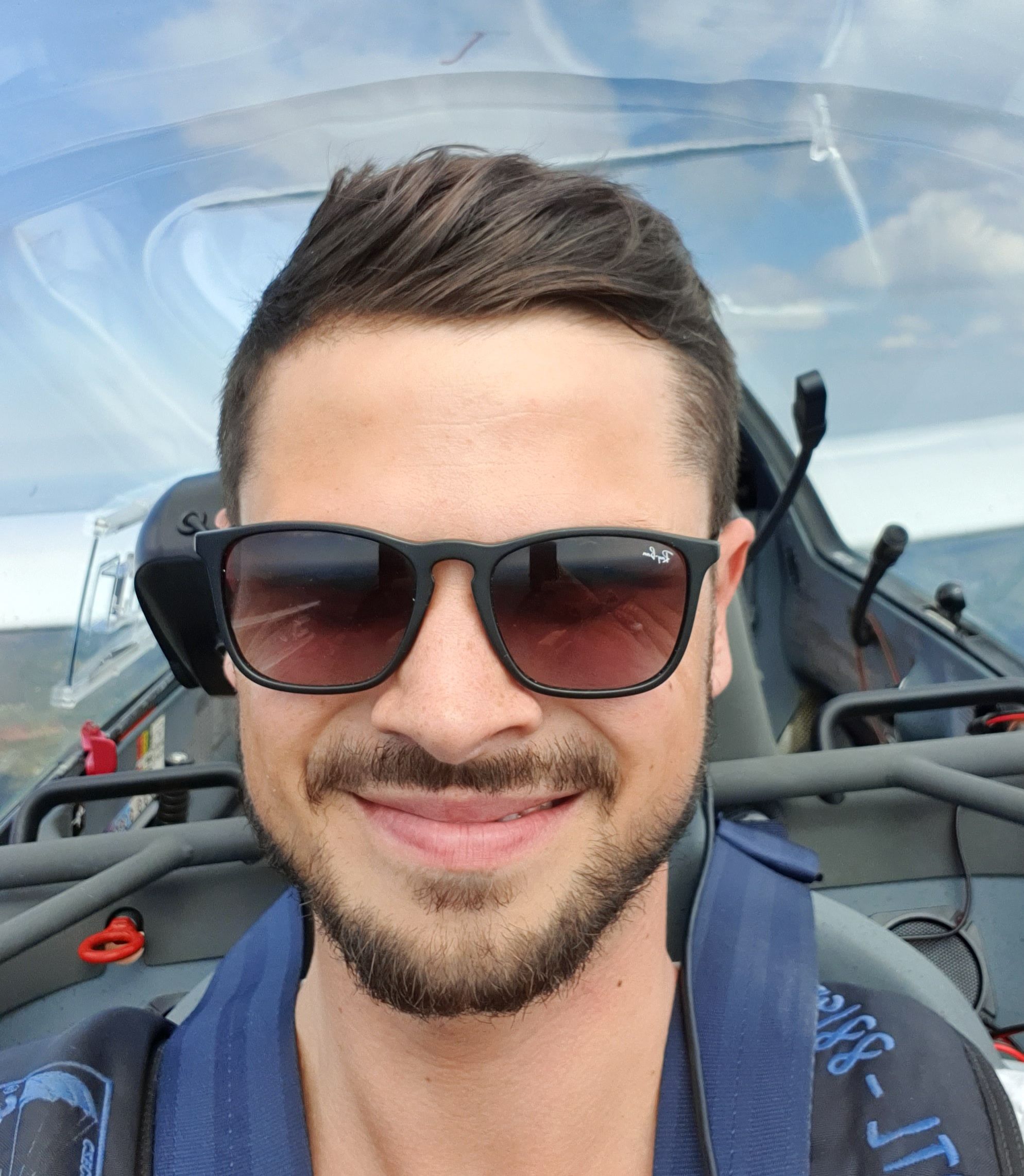
It seems that the only chance for other pilots to beat you next season is the updated handicap for the Arcus and Ventus?
I am curious to see what changes the new handicaps will bring.
We really enjoy the cool photos you upload on most of your flights. How do you manage those clean shots through the canopy?
A Samsung S10 and a clean canopy.
Thank you for the interview Tobias! Is there anything else you want to mention?
I am delighted that you have created a new comparison option with new ideas with WeGlide. With the incentivization of out & return flights, you have, in my opinion, taken an important step towards the broadest possible comparability of flights. At this point I would hope for further innovations that move away form the classic FAI triangle and thus also offer pilots the performance comparison, who have a strong handicap when flying FAI triangles due to the location of their homebase.
Flying through different weather areas is the basic idea behind the incentivization of FAI triangles. With today's possibilities like loggers and moving maps, we have all the possibilities to redefine wide area flying and thus give more pilots the opportunity to participate at our rankings. I would also like to thank all my friends in the cockpit and on the ground. Last year was again something special and I am looking forward to the next years.
